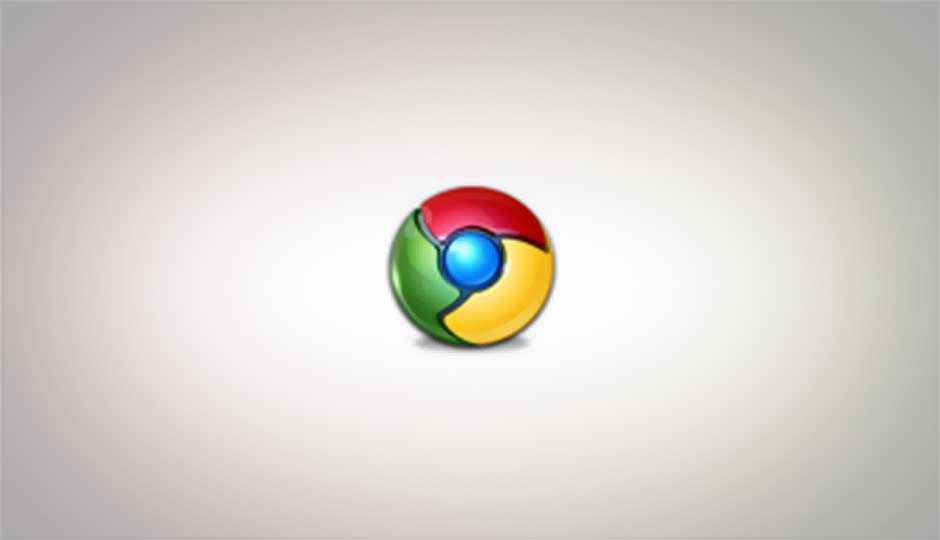Google Chrome 6 released; Chrome 7 looks promising

A while back we talked about some of the brilliant new feature that were coming with the latest beta version of Chrome. If you were as excited about these features as we were you will be glad to know that Chrome 6 has been released to the stable channel.
 Survey
SurveyThis effectively means that Google Chrome 6 is now the latest version of Google’s browser. While you can find out more about Google Chrome 6 by checking out previous coverage of the beta release — the features are pretty much the same — here are some of it’s salient features in brief:
- New more powerful autofill
AutoFill now supports profiles, so you can automatically fill forms with different details for work / home etc. - A new unified menu
While older versions has two menus, Chrome 6 combines them into one menu with all the same options but better organized. - More powerful Sync
Google Chrome could already sync your browser bookmarks, preferences, and themes, but now it can additionally synchronize your AutoFill data and extensions.
As Google Chrome 6 becomes stable, Google Chrome 7 is now the next version to look forward to, and with 7 there is a lot to look forward to.
A long while back when Microsoft first unveiled Internet Explorer 9 they talked about how it would utilize your computer’s graphics hardware to accelerate your web browsing experience. While Microsoft was far from shipping a hardware accelerated browser at the time, Mozilla was quick to follow with an actual prototype of hardware accelerated rendering in Firefox. In the recently released Fierfox 4 beta 4, Direct2D support is one of the new feature, provided you have the right hardware.
While hardware acceleration in Google Chrome has been in discussion for a while, it seems that in the latest version Google Chrome 7, hardware acceleration support will be available. It is quite possible —considering how fast new version of Google Chrome come out— that it may be the second one to ship a stable browser with hardware acceleration support, possibly before Microsoft releases IE9; it is quite likely that Firefox 4 will be the first to boast this feature when it releases later this year.
So what does hardware acceleration mean? Why would rendering pages need a graphics card? Well, as the web evolves we are seeing web application make greater and greater use of JavaScript; web interfaces are getting richer with animations, and SVG content. As the complexity of the content being displayed on the screen increases, rendering time starts to become a bottleneck. Consider the IE9 Testdrive test “Psychedelic Browsing” while Firefox 4 beta 4 with the hardware acceleration enabled gets as much as 1774 revolutions per minute, Firefox 3.6 gets a shockingly meager 11! That’s over 160 times slower! Google Chrome 7 doesn’t do that much better with a score of 72. IE9 does best of all with a RPM score of over 1800.
As we see richer media content on the web, with complex animations, more use of the canvas, and video the requirement for hardware acceleration in web browsing will become clearer.